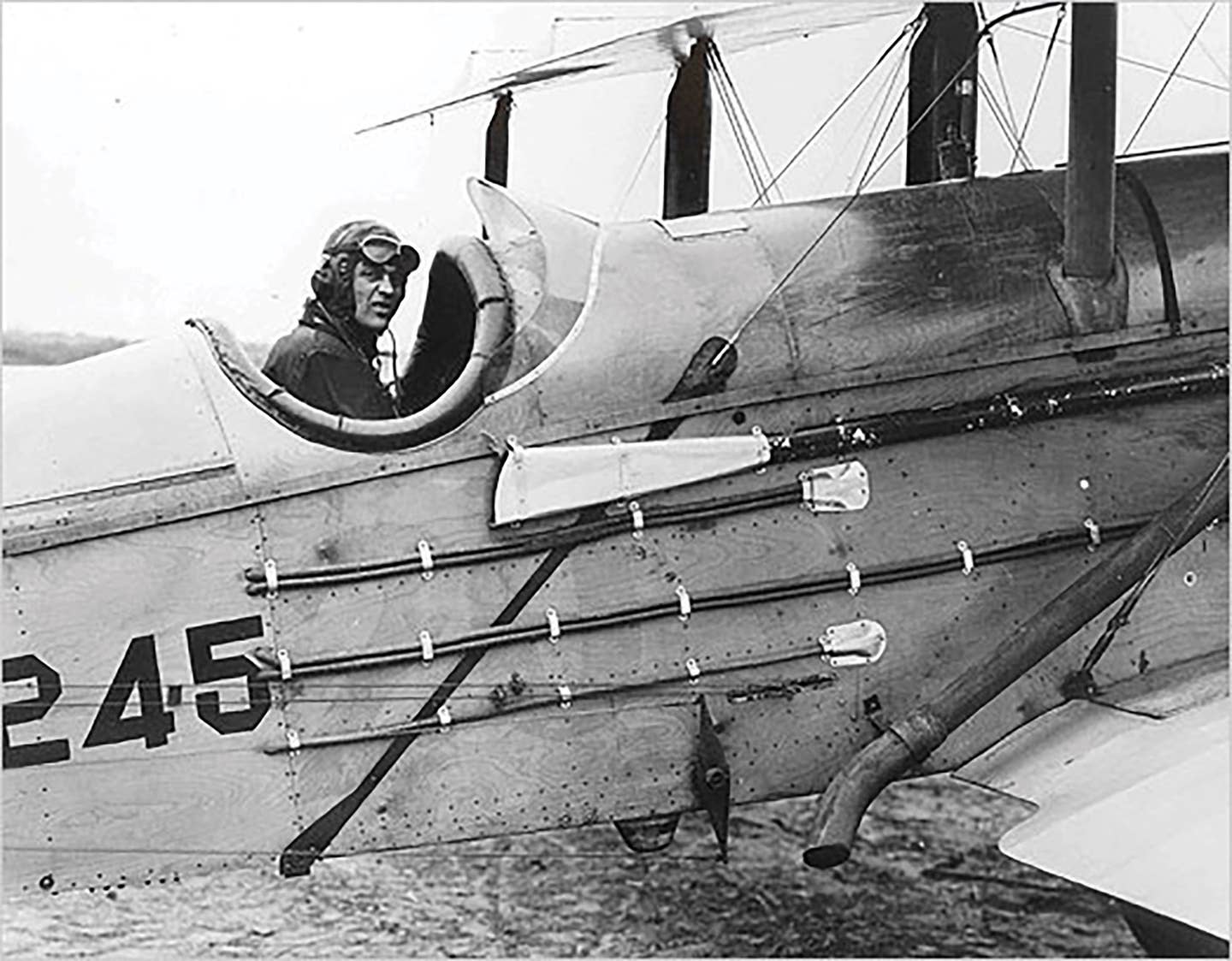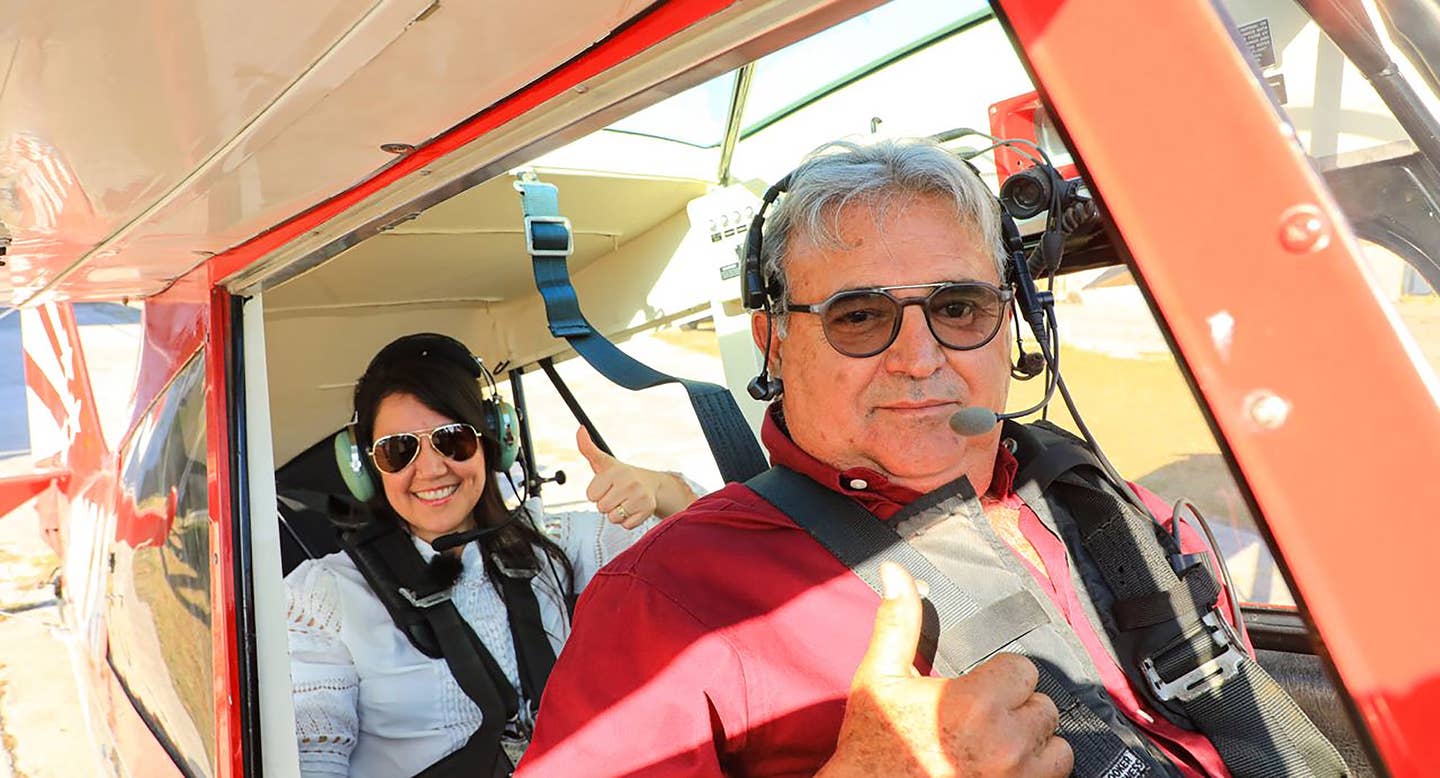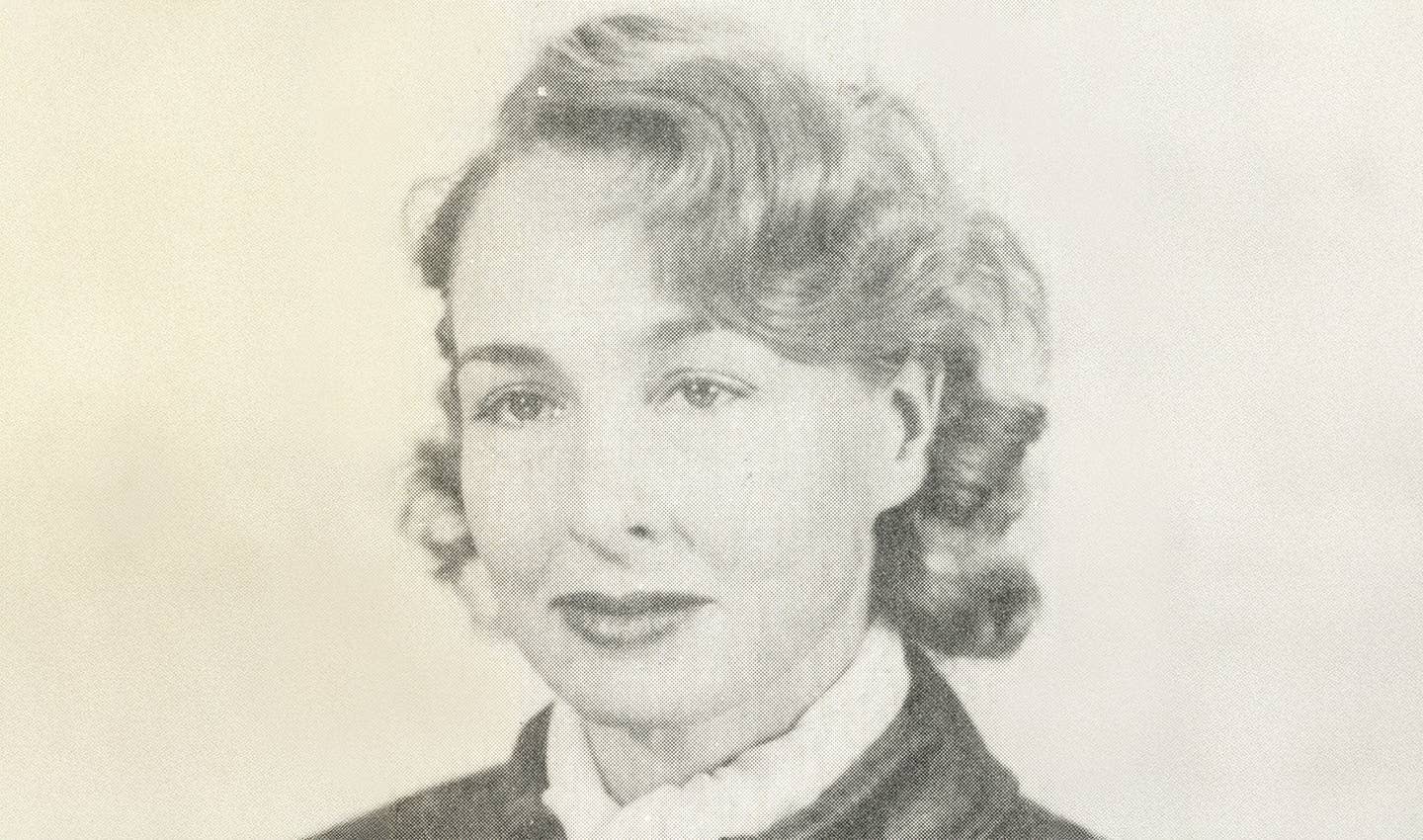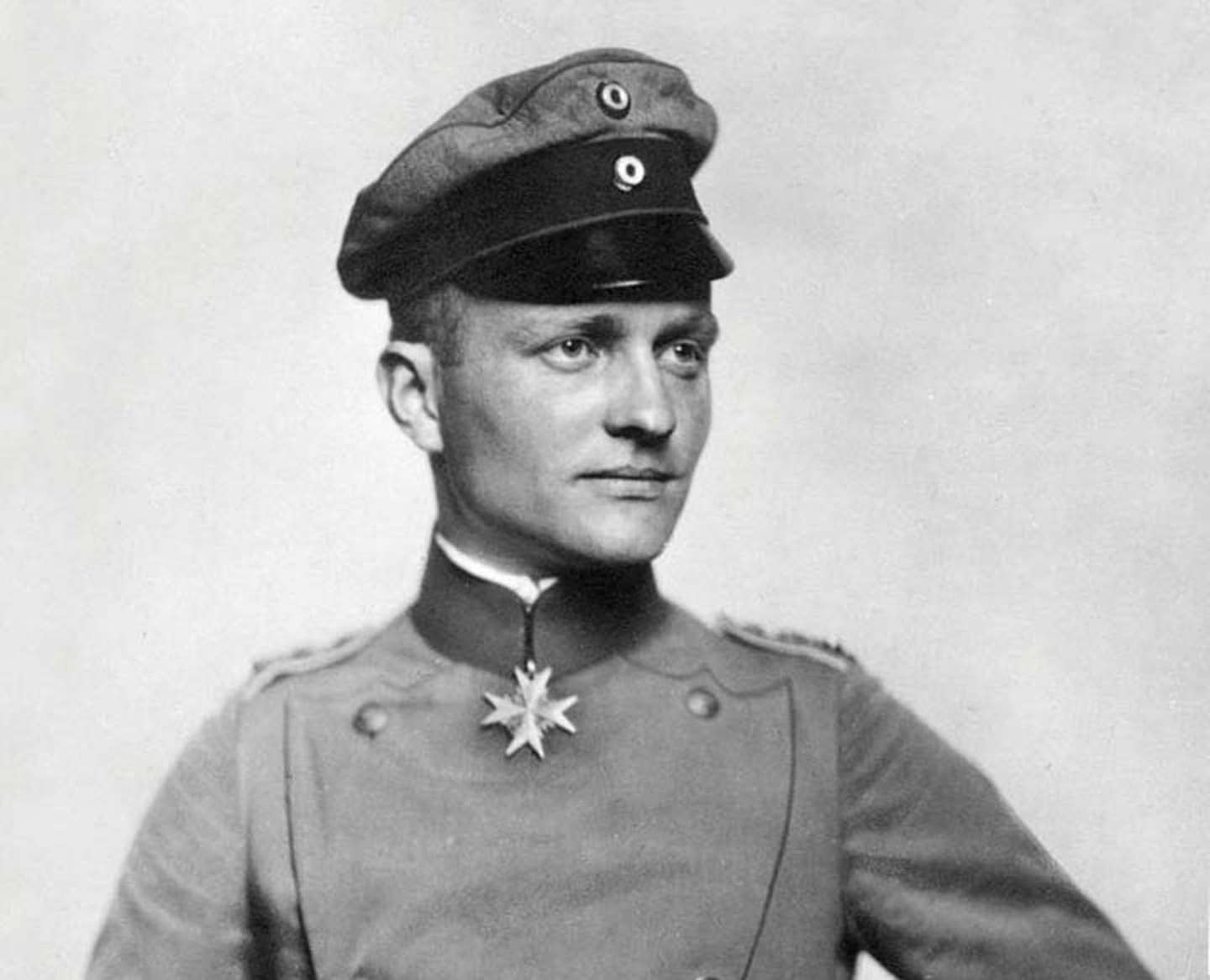Duane Cole
Airshow performer and aviation author was considered a stalwart for aerobatics safety.
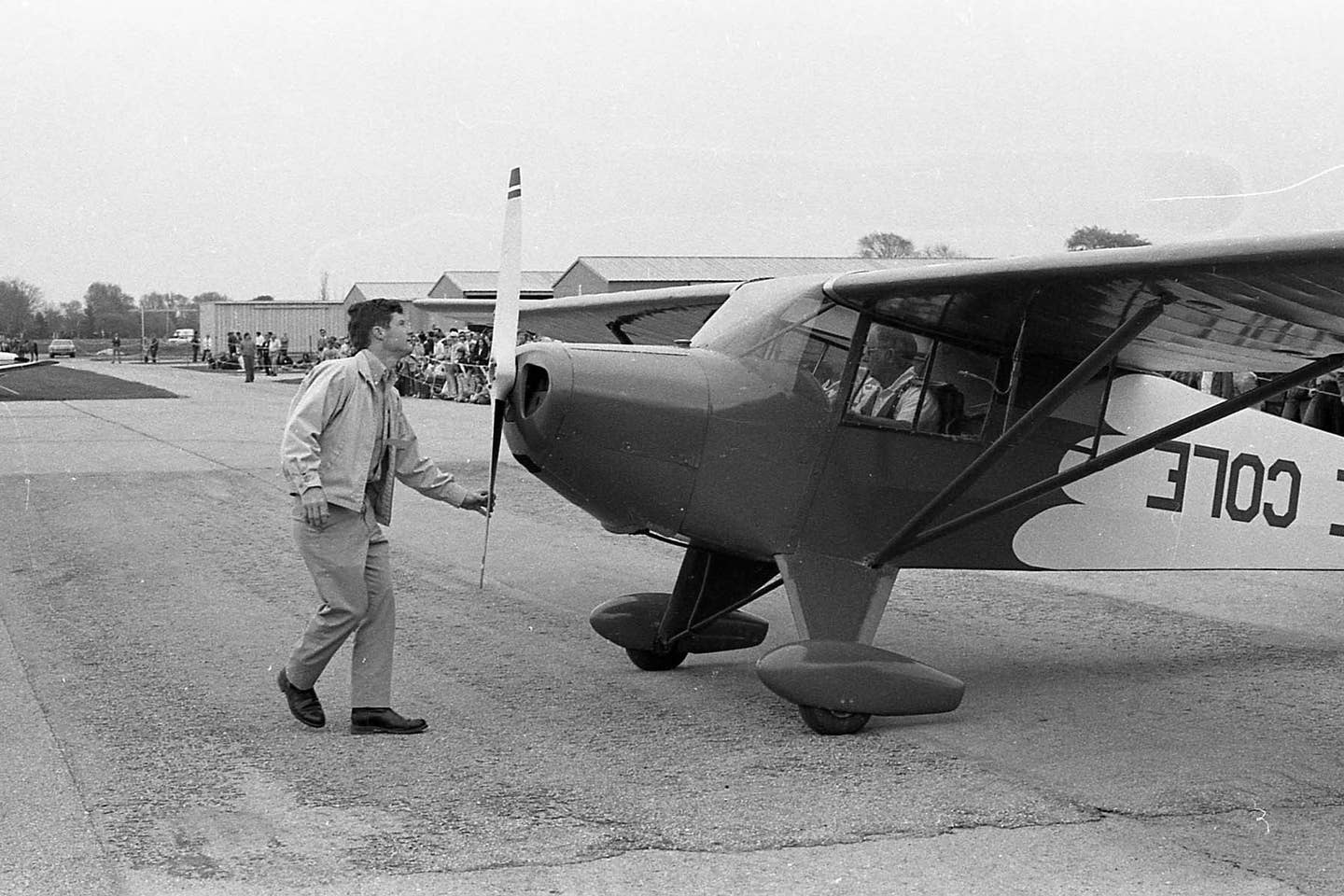
The relatively low-horsepower, red-and-cream, clipped-wing Taylorcraft glides slowly down the flight line. It wasn’t the flashiest airplane flying that day, and it wasn’t the fastest, but the pilot sitting at the controls was perhaps one the greatest in the world when it came to energy management. That pilot’s name was emblazoned on the side and only readable because the aircraft flying by was inverted: Duane Cole.
For Cole, born in 1914 in Toulon Township, Illinois, flying was a family affair. Both he and his three brothers all earned their pilot certificates, with Cole taking his first flying lesson in 1937 on Christmas Day. Only three hours of flight time later, his instructor turned him loose to solo. By 1938, Cole held a private pilot’s license, by 1939, he had a commercial certificate, and by 1940, he was a CFI.
Also in 1940 Cole started down a path that would shape the rest of his life. In his first airshow, he flew a deadstick act in a Piper J-3 Cub, as well as an aerobatic act in a Fleet. For the next 15 years, he made a living teaching aerobatics to pilots with the Civilian Pilot Training Program, U.S. Army Air Force Cadets, and the Royal Air Force. Aerobatics were an integral part of dogfighting, and lessons with Cole likely saved pilots more than a few times during World War II.
But even after the war ended, aerobatics continued to hold a place in Cole’s heart. He turned to airshows full-time, founding the Cole Brothers Air Show with his siblings, Marion, Lester, and Arnold. Their first show was held in 1946 in Kewanee, Illinois, as part of an airport grand reopening. Their acts, including three Stearmans, a clipped-wing Cub, and a Great Lakes proved to be a hit. From there, the brothers toured the country, flying shows and dazzling crowds in the contiguous 48 states. In 1952, Cole purchased the plane he would become best known for: a clipped-wing Taylorcraft.
Cole went on to open his own aerobatic flying school in Kewanee, where the Cole brothers had made their big debut 12 years before. Cole believed that aerobatics should be safe, an element only proper teaching and experience provided. So he was instrumental in establishing safety rules while simultaneously advocating to the Civil Aeronautics Authority (now the FAA) to protect the right to fly the skillful maneuvers.
Yet even strong safety rules, training, and experience have their limits. Cole was devastated in 1964 when his own son, Rolly, was killed while practicing aerobatics in Illinois after a catastrophic engine separation. Cole coped with his grief by writing the book To a Pilot, dedicated to his lost son.
Cole would eventually return to flying airshows in his Taylorcraft, and he also produced and managed the Reno Air Races until the 1970s. He penned several more aviation-themed books, including Roll Around a Point, Conquest of Lines and Symmetry, and Happy Flying Safely. Cole would serve as an associate editor for FLYING Magazine for two years. Cole was also a founding member of Experimental Aircraft Association (EAA), holding membership No. 8.
Cole died in Burleson, Texas, in 2004 at 89. It is often said that “there are old pilots and bold pilots, but no old, bold pilots,” so Cole’s dedication to safety may have contributed to his long life. His prized Taylorcraft resides in the EAA Aviation Museum in Oshkosh, Wisconsin, and his books continue to inspire, with even current airshow pilots, such as Erik Edgren, publicly stating they have drawn many lessons from them.
Cole was inducted into the International Council of Air Shows Hall of Fame in 1996.
Images: Courtesy of Duane Cole

Subscribe to Our Newsletter
Get the latest Plane & Pilot Magazine stories delivered directly to your inbox

